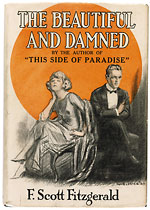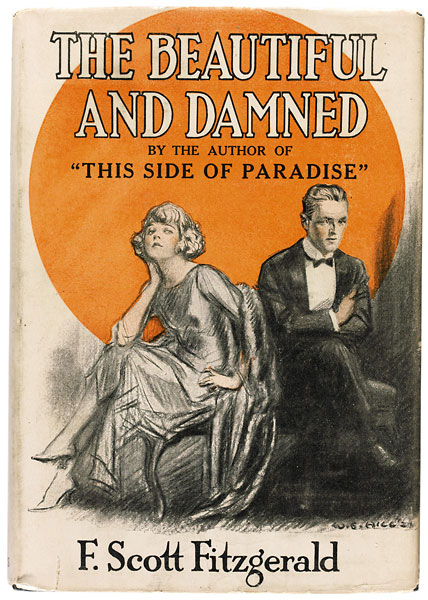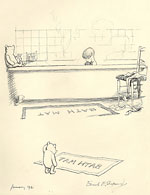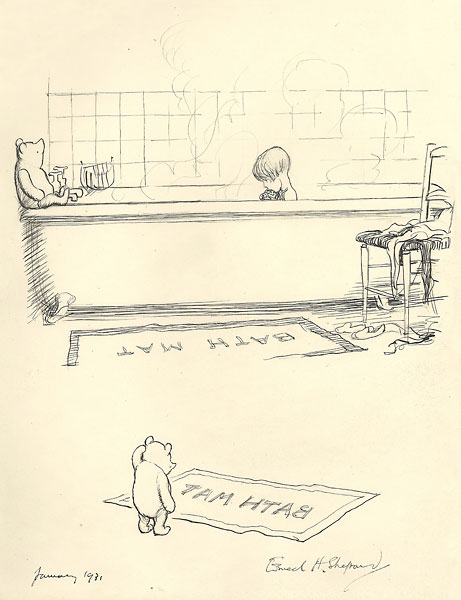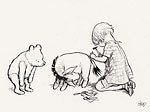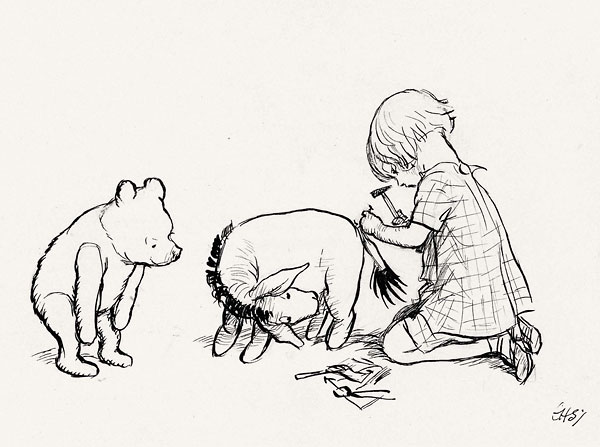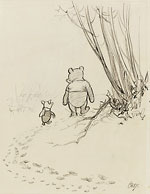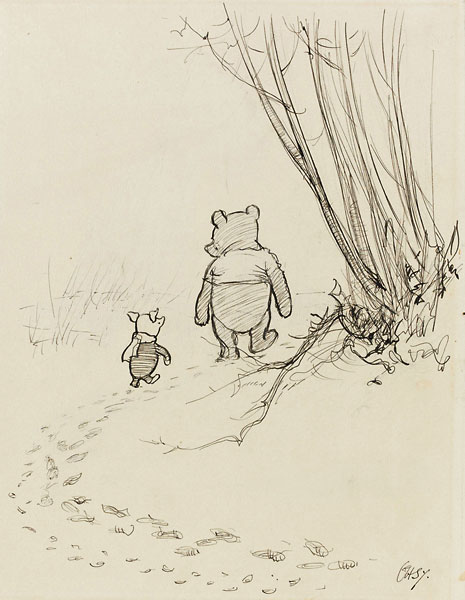Damned Expensive
First Edition Fitzgerald, Sotheby’s London, £6,875
The story of the dissolute lives of a glamorous and wealthy young couple, The Beautiful and the Damned was F. Scott Fitzgerald’s second novel, partly inspired by Fitzgerald’s own decaying marriage to Zelda. Over 50,000 copies were printed within a month of its appearance in March 1922, but critics and readers alike received the work unenthusiastically. It has long been judged the weakest of Fitzgerald’s novels.
Fitzgerald, too, came to see it that way and two inscribed copies sold at auction in recent times reflect his disappointment. In a copy he gave in 1937 to the Hollywood producer Jack Warner (who’d made a disastrous silent movie version the year the book was published), Fitzgerald wrote: “This forgotten tragedy of the ‘beautiful but dumb.’” In another, inscribed to the actor Edward Everett Horton a couple of years later, he wrote, “This book oddly enough is responsible from its title for the phrase ‘beautiful and dumb.’ I doubt it has any other distinction.”
Horton’s copy was left unsold when Sotheby’s New York offered the Maurice Neville modern literature collection in 2004, but the Warner copy, an example of the second printing in a jacket with minor edge wear, sold for the still unbeaten auction record sum of $38,240 at Christie’s New York in 2002, where it formed part of the wonderful Roger Rechler library of “Masterpieces of Modern Literature.”
No straightforward, uninscribed copy, however, has ever made more at auction than that pictured here. Identified as a first printing by the wording “Published March 1922” on the copyright page, and in a first issue dust jacket, this copy of The Beautiful and the Damned sold for £6,875 ($10,655) at Sotheby’s on December 17.
Bear Market
Winnie-the-Pooh Illustrations, Sotheby’s London & Bonhams New York
The finest collection of E.H. Shepard artwork ever seen at auction, assembled by the reclusive American art collector and benefactor Stanley J. Seeger, sold at Sotheby’s London on December 17. No fewer than 22 original illustrations from Winnie-the-Pooh were included in a 42 lot sale that, following previews in New York and London, saw 80 people, mostly private buyers, registering to bid by telephone or in the packed room.
The collection raised £1.26 million ($1.97 million) overall and results were all the more noteworthy in that some of these drawings and books had been auctioned comparatively recently. With this in mind, Sotheby’s had been cautious with their estimates, but bidders were so keen that on one occasion someone even attempted to hurry things along by bidding way past the next increment—something of a rarity these days!
A drawing from Chapter 3 of Winnie-the-Pooh, showing Pooh and Piglet leaving what were to prove puzzling tracks as they trudge through the snow in pursuit of a Woozle, was the most successful; it sold, anonymously, at £115,250 ($178,640).
I have always had a soft spot for Eeyore, and a particular favourite of mine was a drawing of Christopher Robin affixing Eeyore’s lost tail with a hammer and tack. This, too, was acquired anonymously, at £73,250 ($113,540), but only three years earlier it had sold for $144,000 (then £76,320) as part of the Norman & Cynthia Armour collection of children’s books, at Christie’s New York.
Another truly iconic Pooh drawing, the last illustration from the final chapter of Winnie-the-Pooh (“he nodded and went out… and in a moment I heard Winnie-the-Pooh—bump, bump, bump—going up the stairs behind him”) was taken to £85,000 ($131,750) by London dealers Peter Harrington.
Among the books was a doubly-signed 1926 first U.S. edition of Winnie-the-Pooh. A gift from Milne to Shepard, it was one in which Pooh’s creator acknowledged his sense of debt to the illustrator in this inscription: When I am gone/Let Shepard decorate my tomb./And put (if there is room)/
Two pictures on the stone:/Piglet, from page a hundred and eleven,/And Pooh and Piglet walking (157)/And Peter, thinking that they are my own/Will welcome me to Heaven. It was knocked down at £34,850 ($54,020) to Luke Heron, a director of Storyboard Assets, a London based art investment fund specializing in children’s book illustrations.
Two weeks previously, in a Bonhams New York sale of December 5, a group of limited edition firsts of the A.A. Milne books to which E.H. Shepard had added highly finished, almost exact, copies of his original illustrations, also proved a big draw. Seemingly fresh to market, they all made much more than predicted, but then the estimates were in some cases much closer to what one might expect to see for straightforward limited edition firsts, not copies enlivened by superb artwork. A copy of When We Were Very Young, for example, was estimated at $6,000-8,000, but even without extra illustration, copies have sold for as much as $14,000 in recent times. This one, with an added drawing of a little boy taunting a hungry bear from the poem “Lines and Squares,” reached $33,000.
The most expensive of the Bonhams lots, at $78,000, was one of 350 signed, limited-edition copies of the 1926 first edition of Winnie-the-Pooh, in which Shepard had reproduced (in 1931) a couple of drawings of Christopher Robin and Pooh taking a bath. Only days later these drawings appeared in their original form, and sold for £64,850 ($100,520) in the Seeger collection at Sotheby’s.








 Ian McKay’s weekly column in Antiques Trade Gazette has been running for more than 30 years.
Ian McKay’s weekly column in Antiques Trade Gazette has been running for more than 30 years.
